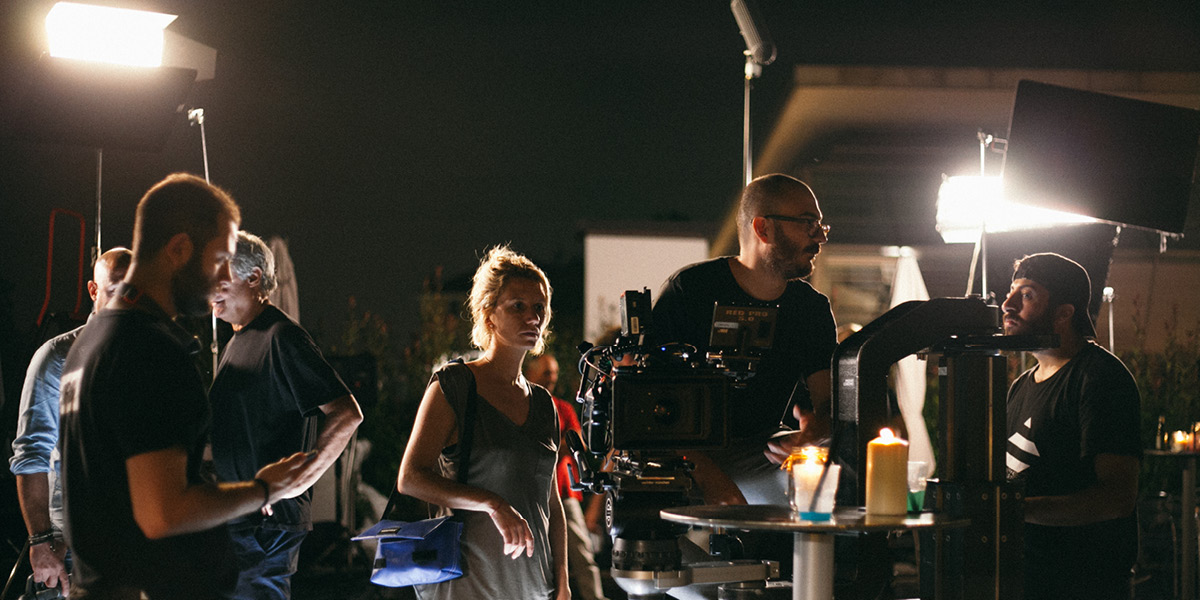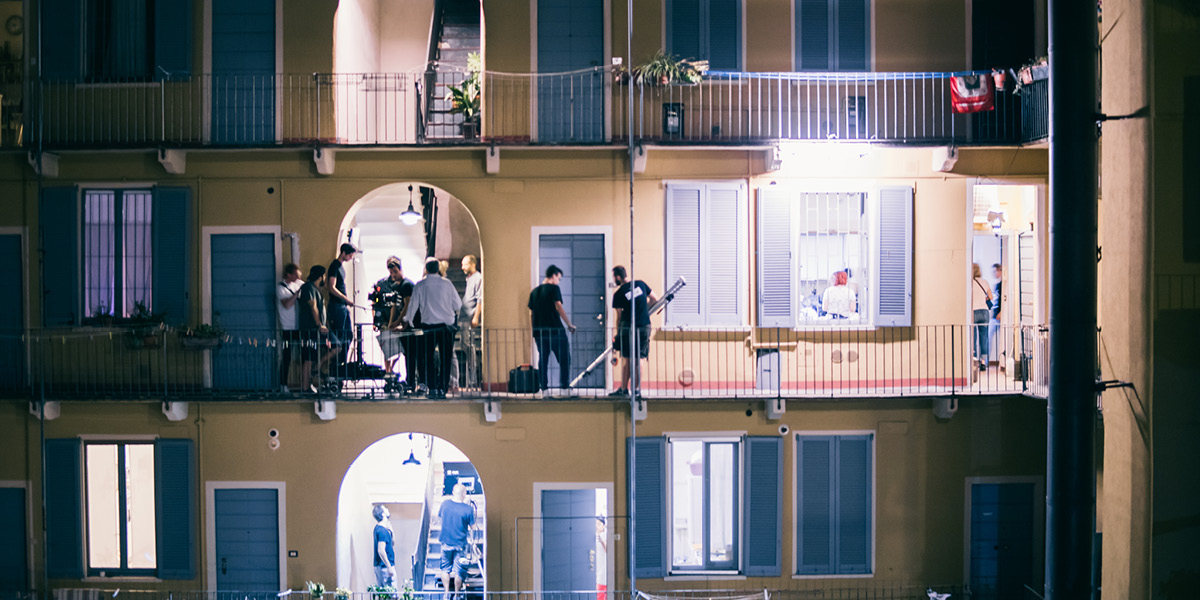-
How to become
Technical Artist

Who is a Technical Artist
Video games, VR experiences, films and entertainment products are outcomes that require artistic and technological input. Technical Artists are among the figures responsible for the accuracy of digital visual content. Their skills allow them to manage and integrate all artistic and technical aspects of a project, enabling a smooth workflow between artists and developers.
What do Technical Artists do?
Technical Artist’s specific responsibilities depend also on the industry in which they work. In the gaming industry, for example, these professionals work with the development team to create graphical assets, implement tools and pipelines, optimise game performance and ensure high-quality visuals. In film productions and entertainment, they work closely with directors and visual artists to curate special effects, complex animations and realistic simulations. Visual content is also central to advertising and digital marketing. From animations for web platforms to promotional videos, their contribution extends to these activities as well. Meanwhile, architecture and design studios use Technical Artists’ skills to create 3D models, photorealistic visualisations and animations, illustrating architectural and design projects. Today and in the near future, these professionals will be increasingly oriented towards creating interactive experiences in VR and AR.
What skills must Technical Artists have?
Technical Artists’ technical and artistic skills are multifaceted. Here, a list of the most common ones.
- Artistic knowledge: an understanding of the principles of design, composition, lighting and colour - essential for understanding the needs of artists and ensuring that final results meet their guidelines.
- Technical skills: in-depth knowledge of 3D modelling, animation, rendering and programming software and tools (including Autodesk Maya, Autodesk Arnold, 3ds Max, Blender, Cinema 4D, V-Ray and Redshift, Houdini, Unreal Engine or Unity); knowledge of programming languages (e.g. Python, C++).
Soft skills: problem-solving approach, good communication skills to work with artists, developers and other team members.
How to become Technical Artists?
In order to acquire skills in computer graphics, digital art, interactive design and development, an academic education is indispensable. The Three-year BA programme in Creative Technologies at NABA accompanies students in the exploration of the languages, techniques and technologies that belong to the field of computer-generated images. Skills which can here be acquired include the ability to create Visual Effects, 3D characters and environments for audiovisual projects and video games. Thanks to workshops, students can experiment with Virtual Production techniques.

